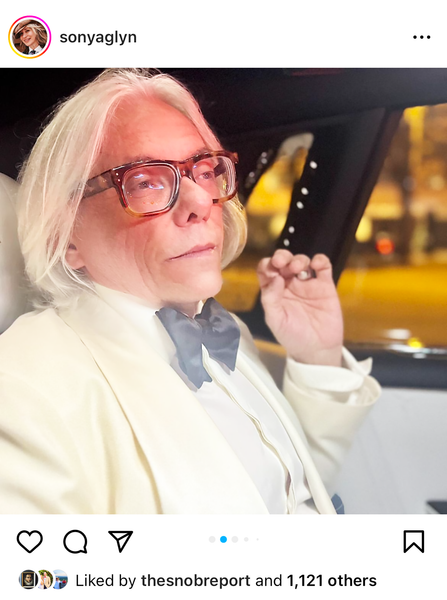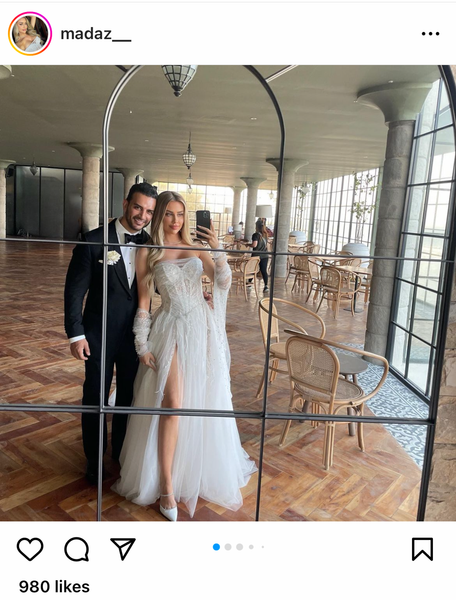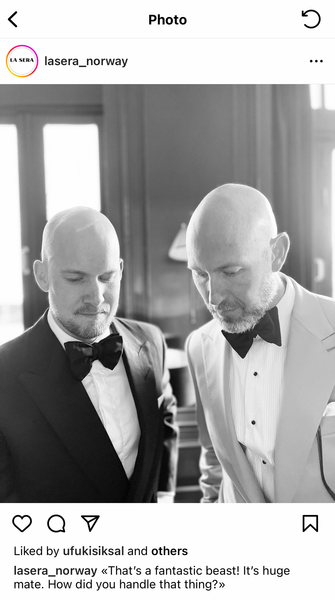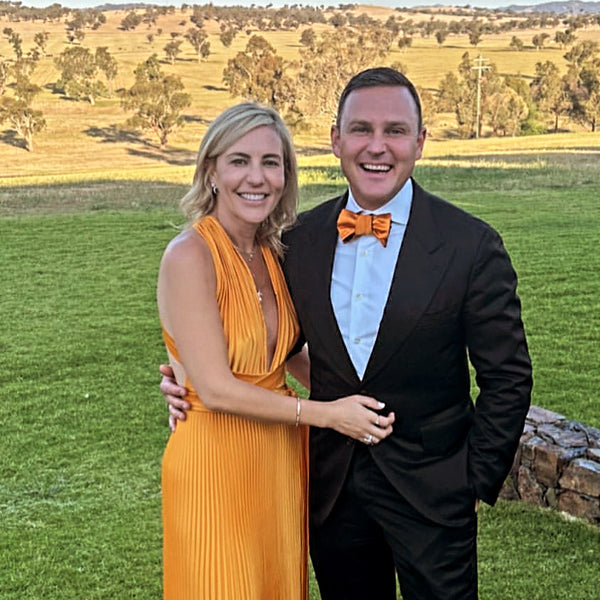www.lenoeudpapillon.com
Sometimes we meet at junctions in the road, and we stop to look back on the road travelled. Someone once described to me life like a roll of toilet paper, the closer you get to the end, the faster it goes. As time goes by, we become more and more entrenched in our lives and it becomes harder to change, much easier just to accept what is.
Yesterday I was with my trainer, Les, he’s edging on 80 but still starts his morning with 500 push ups. When I am on the ground and I can’t get more out of my core, he kicks me. I kind of like that. In an age when everyone is so precious, it’s nice to pay someone to kick you when you are down.
In order to attempt more stamina and to build to a sort of crescendo of exercise I decided to play Boléro on my speaker but despite it motivating me, it took me back to a place I had forgotten.
It was a wet summer and in December I drove down towards Tumbarumba, a place that’s name means “walking on hollow ground”. It is about 6 hours from Sydney heading south and sits at the foothills of the Snow Mountains. To get there you go through the most famous Australian town for apples, Batlow. It was a cold summer’s night, and the country was green from a wet summer. A full moon had bathed the landscape silver, glimpsed between the trees and at certain vistas along the way, shining light bouncing off the white sails that protected the apple orchards. I had a cigarette out the window of my Audi 80 and Ravel’s Boléro blaring through the speakers. I was on my own and could not be happier. I was an agricultural economist in the second last year of my degree.
That summer I was on my own for most of it. Other kids were off having the time of their lives, but I had to get through three to four months of working on farms in order to earn my degree. But it wasn’t the work that motivated me that summer, it was the times I spent on my own in the house I occupied. I had a car full of books and of music and a journal in which to write and for that wet summer, on my own every night, I think for the first time I fell in love with my own company. I would drink red wine on my own at night, listen to a live recording of Bob Dylan, classical music, Fleetwood Mac, Dire Straits, the Beatles. I would read Tolstoy and Hemingway and the like. I think perhaps now looking back it was probably a little cliché. But as a young person discovering these things with time on your side it was such a wonderful pleasure. And then there was the classical music, again, probably cliches, but the most prominent of them would be Chopin’s Nocturnes, Tchaikovsky, Lakme’s Flower Duet and of course Ravel’s Bolero. A handful of classical music CD’s that I would play over and over with nothing much else to do after a day on the land.
I almost don’t remember the work. There was pruning that summer from memory. And grafting. I did not care for the work but in that way that Tolstoy glorified country life, I came to see it as a sort of idyll even if the human stories you heard and the characters you met did not stand up to that image, some of them more Dostoyevsky than Tolstoy.
And I wrote. And I had such strong and powerful dreams that cold wet summer. And I wrote.
Music and perfume. They are such strong ways of conjuring memory.
All it took to recall the flyfishing, pruning the vines, the sound of the farm manager shooting at birds on the dam in the late afternoon, the tractors, the tool shed, those drives at night on the country road, ranging from silver in the moon to complete darkness when there wasn’t one. The stars, the furnace fire drying your wet socks – all of it from hearing Boléro again. A young man with ideas and time on his hand.
My father turned 80 last Sunday. Not long ago he was talking to me one morning and he said “I can recall lying in my bedroom as a young boy, I used to read Greek mythology and ancient Greek history and when I stared at a certain bit of plaster on the wall, I could make out warriors and the battles as if I was there. And if I think hard enough, I can still see myself right there in my bedroom. It feels so clear to me.” In a small moment that little boy was now 80. He was thinking of his life lived, his choices. He had led what I believe is a good life. Certainly, more wholesome than my own. A product of post WW2. He had done very well in life, but regardless, he was old now, the bulk of his life behind him.
At a cemetery in La Perouse some years earlier my brother and I had walked around mid-winter with my late grandmother. As she walked down one of the pathways, she pointed to either side of the row and told us who they were to her – her uncle, her mother, brothers, her cousins. All gone. It was a cold day etched in my memory. She passed a few years later.
The Boléro is my most favoured work of Maurice Ravel thought Pavane For A Dead Princess is a close second. Boléro reminds me of life, it is the building of a crescendo, from the soft beginnings of a snare drum which in life are infancy and the child developing, to the transfer of the melody that began in childhood moving beginning to change, passing over to the flute, the clarinet, the oboe and finally onto brass. The is the ingenious composition that seems simple, but is in parts rather complex – a wonderful metaphor for life itself. The heartbeat stays with the composition throughout, like the heartbeat that and pulse we keep ourselves. It keeps us focused and engaged, we are alive, we are moving through time. And like life, we build slowly and with gaining intensity and tensions to crescendo of our lives before a climax and then, finally, the closing of the curtains.
And so, as I listened to it again and again yesterday as I went about my business, I conjured up all that had passed, all that I might have been had I taken a different direction. Had I married that wonderful Danish girlfriend I had, had I struck up a conversation with that ginger beauty at the local supermarket in Tumbarumba that wet summer, had gone onto trade derivatives in commodities as an agricultural economist, had I taken any other path other than the one I chose.
So today I simply want to ask you, have you ever thought about another life you might have led? And perhaps whilst you ponder on it, play Ravel’s Boléro.
Recently I was lying on my bed one Saturday afternoon depressed about the state of the world and the fact that business had been slow for the time of year.
I was on YouTube when I found a documentary when I decided to look up Norman Rockwell, one of those names that you often hear in movies and culture but as an Australian it doesn’t mean so much to you that it passes your ears and you think no more of it.
But this particular Saturday I was interested in knowing more, so I clicked on this PBS American Masters documentary and sat back to pass the afternoon in a quiet space.
Norman Rockwell’s influence on American culture runs surprisingly deep as I found out. For an illustrator who never really saw himself as an artist, he transformed the national psyche and was perhaps one of the most influential artists of the 20th Century in the United States. His pictures depicted an idyll of American life, much the same as a toile fabric does for Europeans.
Born in New York city in 1894 his career spanned much of the 20th Century until he passed in 1978. His observations of American life, coupled with his positive outlook on American life made him endeared to the entire country. Despite being an illustrator, his meticulous attention to detail in his works have earned him a place in the art world, probably more so posthumously.
He began sketching from an early age and chose his path early on. By the time he was 14 he was enrolled in the New York School of Art and by 19 he was the art director of the Boy Scouts of America – an impressive title for such a young and budding artist.
In 1916 he took some drawings down to the Saturday Evening Post and much to his delight the drawings he submitted were accepted. As one biographer commented, this was like winning an Oscar on the first time you made a film, an achievement that would then lead to a remarkable 47 year association with the Post where he would create iconic covers that today are revered the world over.
Probably his most famous group of artworks were based on Franklin D. Roosevelt’s 1941 State Of The Union address in which the rousing words of Roosevelt then in the grip of the 2nd World War, gave Americans hope and courage in the face of adversity. Roosevelt claimed that American’s were entitled to four key freedoms, Freedom Of Speech, Freedom Of Want, Freedom Of Worship, Freedom Of Fear. These were to inspire Rockwell to make an artwork of each, resonating with Americans so much so they played a crucial part in bolstering the resolve and the morale of Americans through the war.
His most famous of these was Freedom Of Want, a depiction of an unadorned American family enjoying a splendid Thanksgiving dinner where three generations of Americans enjoy an idyllic meal together where light and texture give rise to a feeling of homeliness, gratitude and abundance. This was the American dream right down to its core and would become one of the defining artworks of the 20th Century.
In later years Rockwell came to be disillusioned with the American dream, he was disturned by segregation in the United States and in the 1964 his artwork “The Problem That We Live With” came with criticism, he was loved for his American dream, he was less loved when he pointed out racial divides and what came to be his truth – that the American dream was perhaps just that – a dream.
In one of his final portraits Rockwell finally comes to accept his place in American art, his self portrait reflects an image of himself that is in some ways void of personality, but his message is best conveyed by those artists portraits that are pinned to the side of his canvas as he paints at his easel, they are Rembrandt, Picasso, Van Gogh and Durer. These are his icons, and this is how he sees himself.
As the world gets crazier still, with wars raging in Ukraine, with Israel poised in invade Gaza in retaliation to the most heinous massacre by Hamas terrorists, the American Dream and the ideal of a better world should be held up again to us as a mirror, of a time where what we aspired to was not bloodshed and war, but the four pillars of freedom.
And, of course, Rockwell was an avid bow tie wearer, he wore batwings that I will soon attempt to replicate, not to slim and certainly not fat. He is one of the great bow tie wearers, and perhaps one of the more interesting characters of the 20th Century.

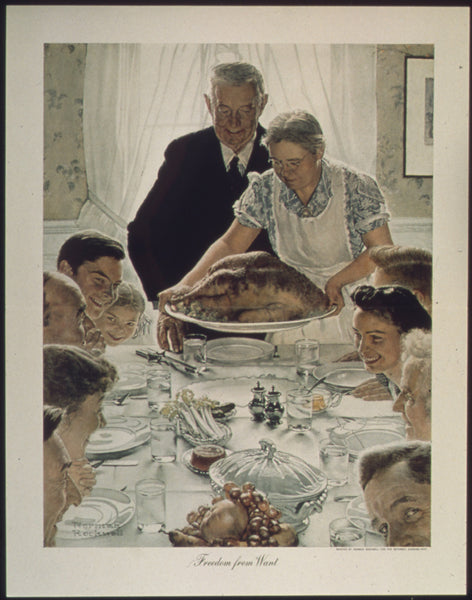
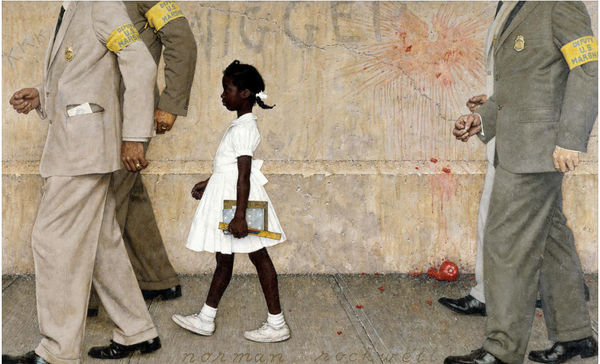
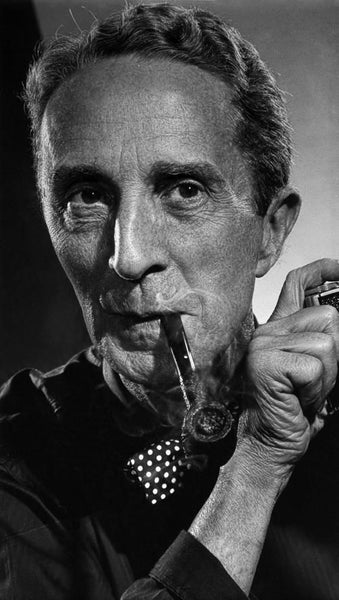
I met Hugh Stewart ( INSTAGRAM ) in Paris 16 years ago and we got along quite well. He and his partner Emma had a baby daughter, her name was Matilda, and I recall that at the time they left Paris he had asked me to pick up a plaster of Paris they had done of their daughter's tiny arm.
Hugh and I stayed in contact and occasionally I would bump into him and I had asked him on several occasions if I could either use his services to shoot our customers in their workplaces or else to get my own portrait done.
Hugh has worked on many different film sets and been sent all over the world to photograph celebrities from Johnny Cash, Clint Eastwood, Robert Hughes, Leonardo Di Caprio and many many others - they are not hard to find on google. But it is still life photography that also gets me. He just does it so well and he has this style about his photos, a certain rustic nature about them, slightly muted, well worn, something, akin to his own demeanour, idiosyncratic voice, worn shirts of muted hues, a dishevelled look, but nonetheless clean. Slightly smudged spectacles that could do with a clean.
It finally became possible for me to get photograph myself, because he has opened up a new service just off Queen Street in Woollahra. I am happy to say that after 16 years I finally got to sit in front of his camera and I am extremely happy with the result.
Have a look at his Instagram and if you are Sydney side, or near Byron Bay, you can catch him in his respective studios for a sitting.

This week our bow ties found themselves in Paris, France, in Uluwatu Bali and in Norway. It is testimony to the quality of our bow ties and that each of those who wore our bow ties this week would attest to the moniker often given to us of "the world's best bow ties".
